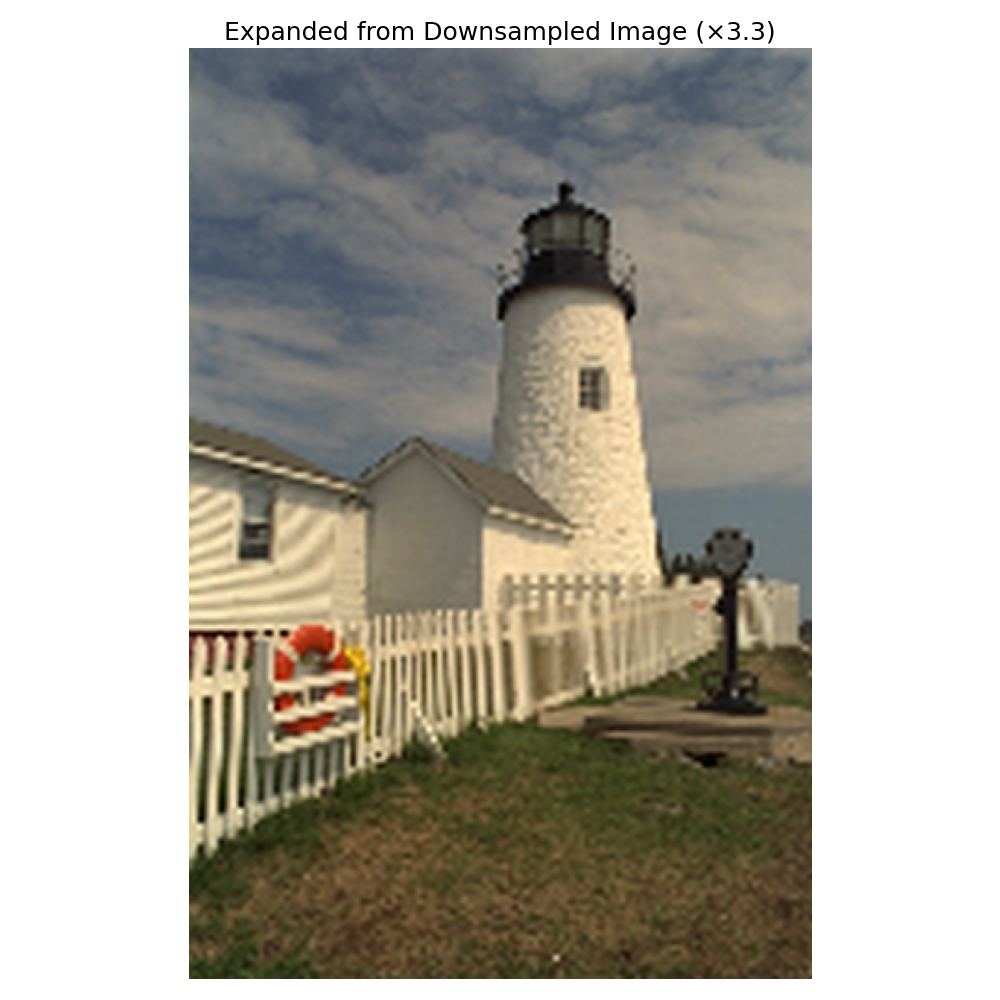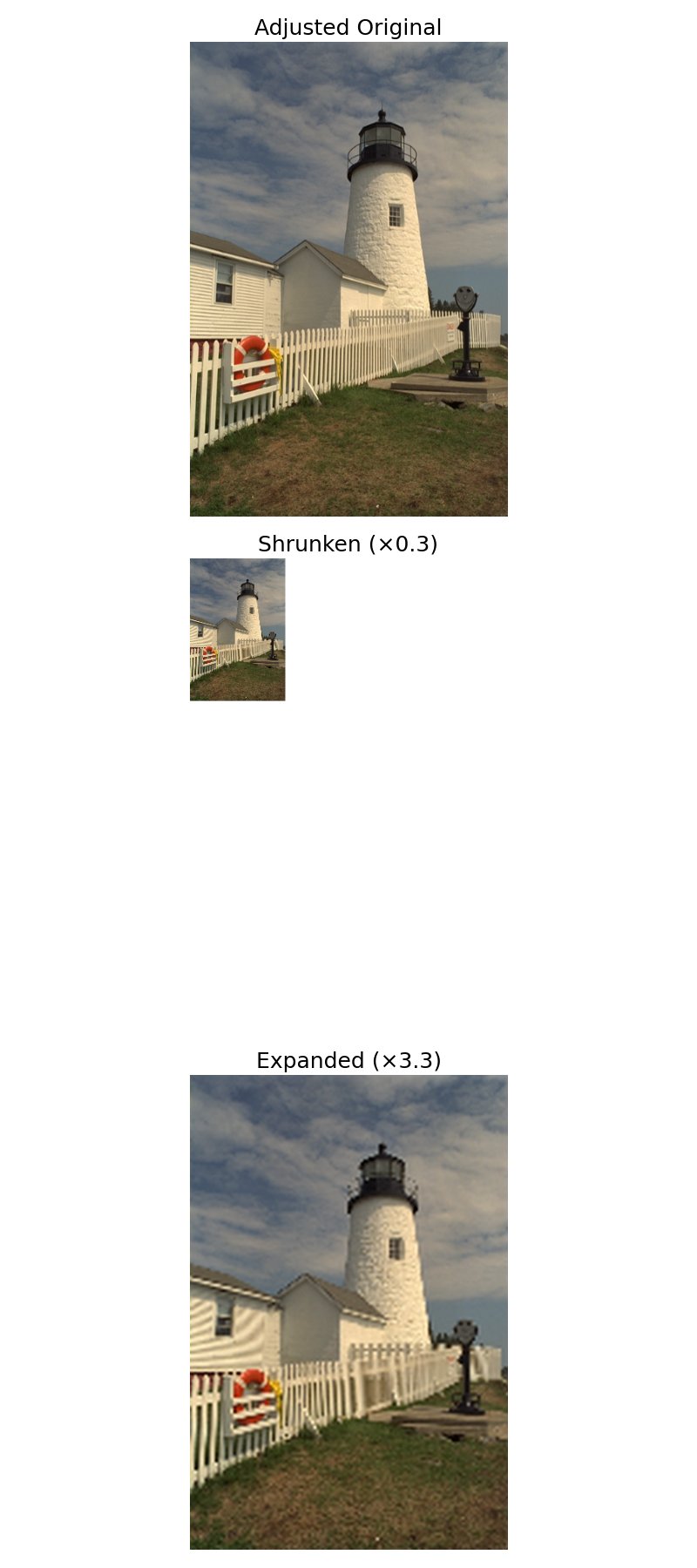Resize Module#
Shrink and re-expand a 2-D RGB image with splineops, then discuss aliasing.
Imports#
import numpy as np
import matplotlib.pyplot as plt
import requests
from io import BytesIO
from PIL import Image
from scipy.ndimage import zoom as ndi_zoom # only for the *first* quick shrink
from splineops.utils import (
adjust_size_for_zoom, # makes dimensions compatible with the zoom factor
resize_multichannel, # channel-wise wrapper around splineops.resize
)
plt.rcParams.update({
"font.size": 14,
"axes.titlesize": 18,
"axes.labelsize": 16,
})
Load and Normalize an Image#
url = "https://r0k.us/graphics/kodak/kodak/kodim19.png"
img = Image.open(BytesIO(requests.get(url).content))
data = np.asarray(img, dtype=np.float64) / 255.0 # H × W × 3, range [0, 1]
# 1) Quick down-size so the notebook images aren't huge
initial_shrink = 0.8
data_small = ndi_zoom(data, (initial_shrink, initial_shrink, 1), order=1)
# 2) Choose the demo shrink factor and make dimensions "zoom-friendly"
shrink_factor = 0.3
adjusted = adjust_size_for_zoom(data_small, shrink_factor) # still float64 [0, 1]
adjusted_uint8 = (adjusted * 255).astype(np.uint8)
# 3) Shrink with splineops
shrunken = resize_multichannel(
adjusted, # float64 [0, 1]
shrink_factor,
method="cubic", # plain cubic interpolation
modes="mirror",
) # returns uint8
# Put the shrunken image on a white canvas the size of *adjusted*
H_adj, W_adj, _ = adjusted_uint8.shape
canvas = np.full_like(adjusted_uint8, 255)
canvas[: shrunken.shape[0], : shrunken.shape[1]] = shrunken
# 4) Re-expand to the original adjusted size
expanded = resize_multichannel(
shrunken.astype(np.float64) / 255.0, # back to float64 [0, 1]
1.0 / shrink_factor,
method="cubic",
modes="mirror",
)
Expanded from Downsampled#
We first show the final expanded image at large scale. This helps Sphinx generate a visually useful thumbnail and lets users preview the aliasing artefacts up front.
plt.figure(figsize=(10, 10)) # Tune size for thumbnail quality
plt.imshow(expanded)
plt.title(f"Expanded from Downsampled Image (×{1/shrink_factor:.1f})", fontsize=18)
plt.axis("off")
plt.tight_layout()
plt.show()

Resize Stages#
We go through the stages of shrinking the image and then expanding it.
fig, axes = plt.subplots(3, 1, figsize=(8, 18))
axes[0].imshow(adjusted_uint8);
axes[0].set_title("Adjusted Original"); axes[0].axis("off")
axes[1].imshow(canvas);
axes[1].set_title(f"Shrunken (×{shrink_factor})"); axes[1].axis("off")
axes[2].imshow(expanded);
axes[2].set_title(f"Expanded (×{1/shrink_factor:.1f})"); axes[2].axis("off")
plt.tight_layout(); plt.show()

Aliasing discussion#
Note the wave-like artefacts in the expanded image: classic aliasing. When we shrink below the Nyquist limit, high-frequency detail folds back into lower frequencies. Upsampling cannot recover the lost detail, so those aliased components become Moiré-style patterns. A proper workflow would low-pass filter before down-sampling, but here we purposely show the artefacts to illustrate the point.
Total running time of the script: (0 minutes 2.449 seconds)
